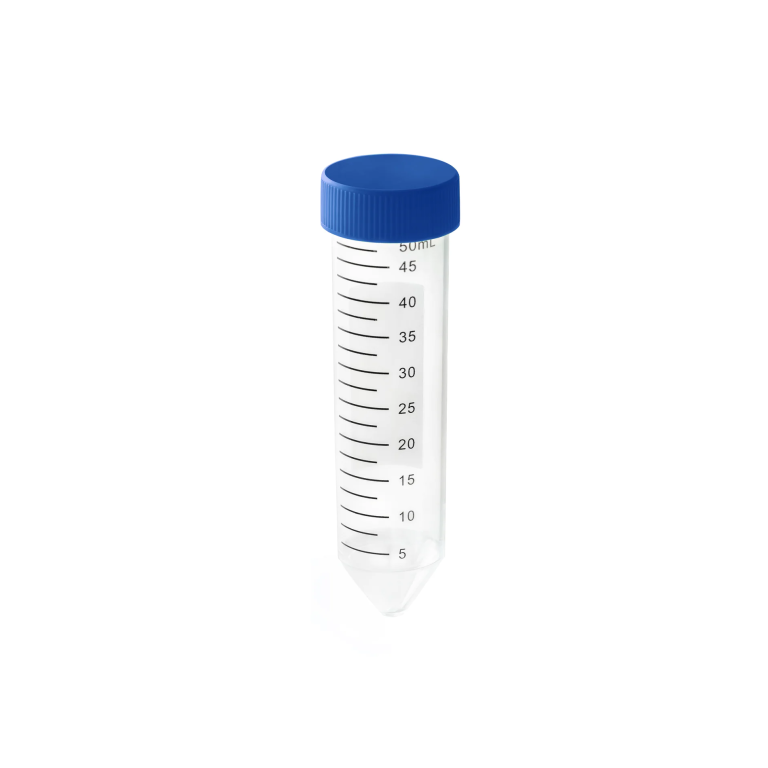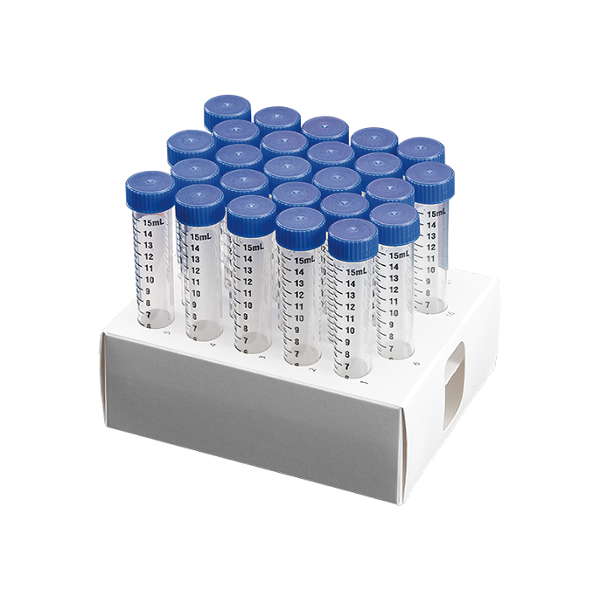PCR plates are typically made of polypropylene plastic.
Polypropylene is well-suited for PCR plates because it:
– Withstands the high temperatures of thermal cycling. Polypropylene has a high melting point of approximately 160°C, well above typical PCR annealing and denaturing temperatures.
– Has low autofluorescence. This allows for more accurate fluorescence-based detection of PCR products.
– Is chemically resistant. It resists damage from substances used in PCR like enzymes, salts, dyes, etc.
– Is rigid with high tensile strength. This allows thin-walled wells that promote good heat transfer.
– Is inexpensive compared to other thermoplastic polymers. This makes polypropylene PCR plates cost-effective and economical.
– Can be molded into different good shapes and sizes. The wells can be optimized for PCR reaction volumes.
– Can be sterilized by autoclaving. Polypropylene withstands the high temperature and pressure of autoclaves for sterilization before use.
Other plastic materials like polyethylene and polycarbonate are sometimes used as well, but polypropylene is the most common. The purity of the polypropylene is also important – PCR-grade plastic contains virtually no contaminants or plasticizers that could leach into samples. Overall, the durability, purity, and thermal properties of polypropylene make it an ideal material for PCR plates.


